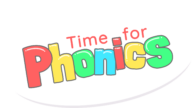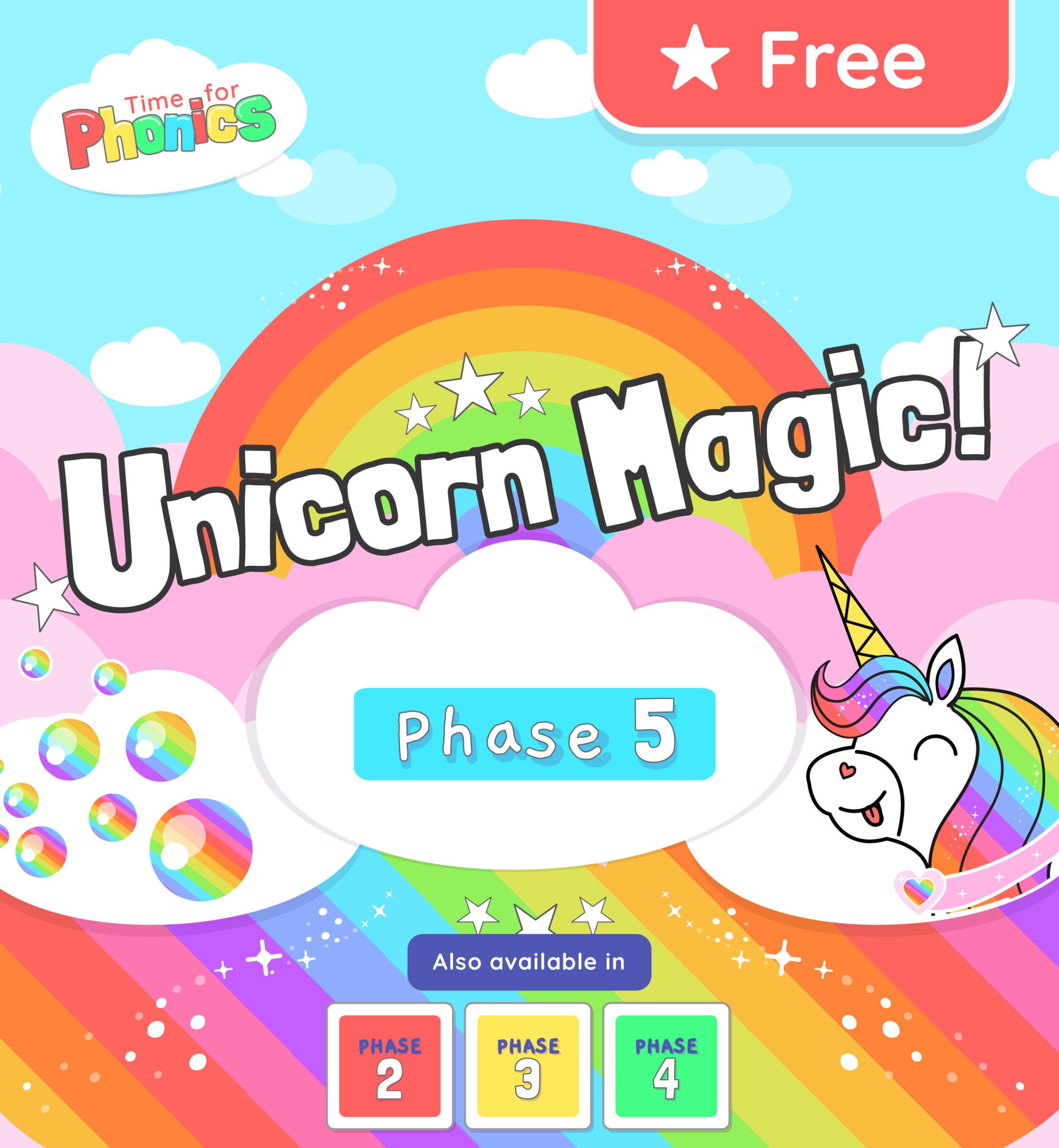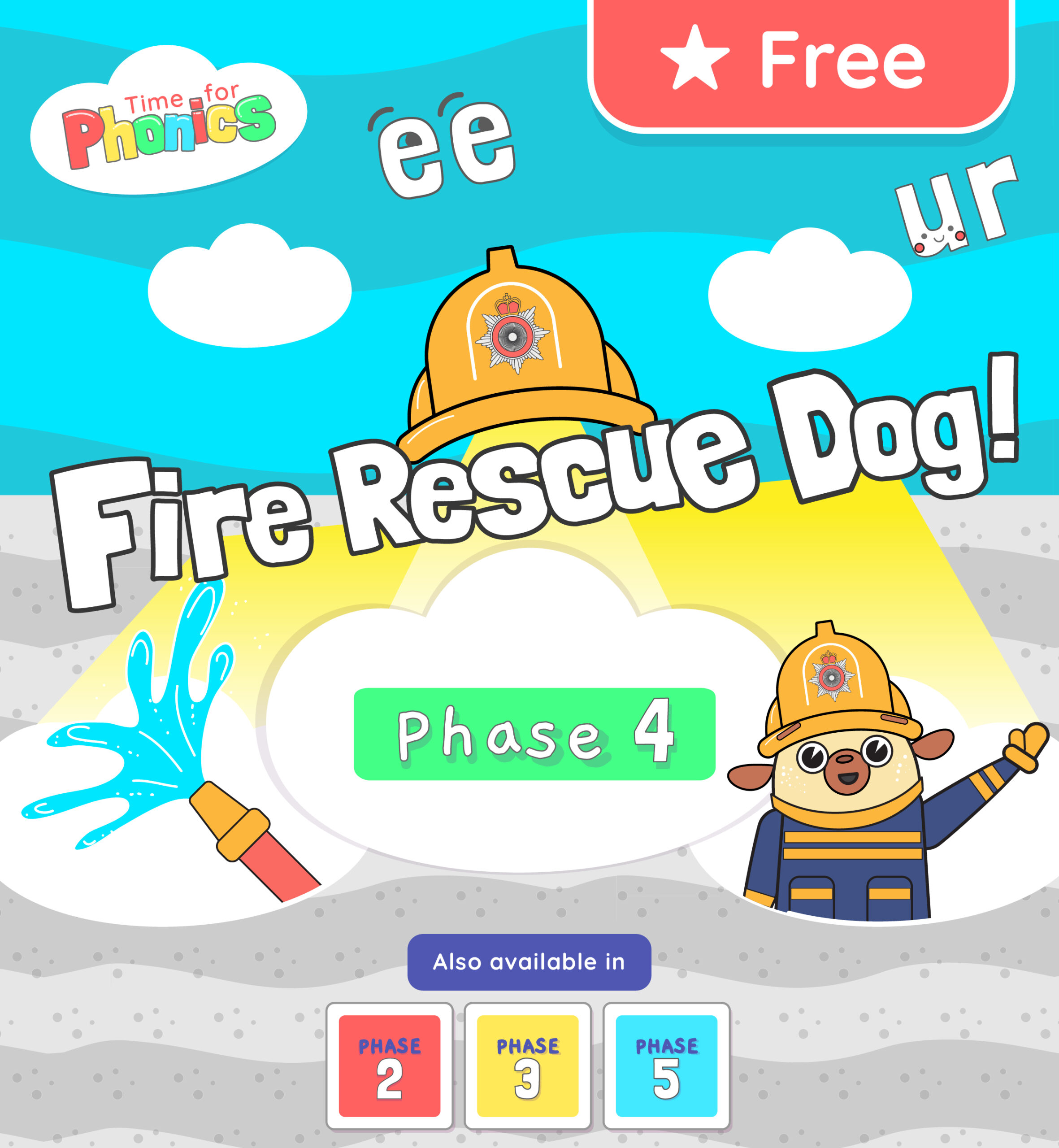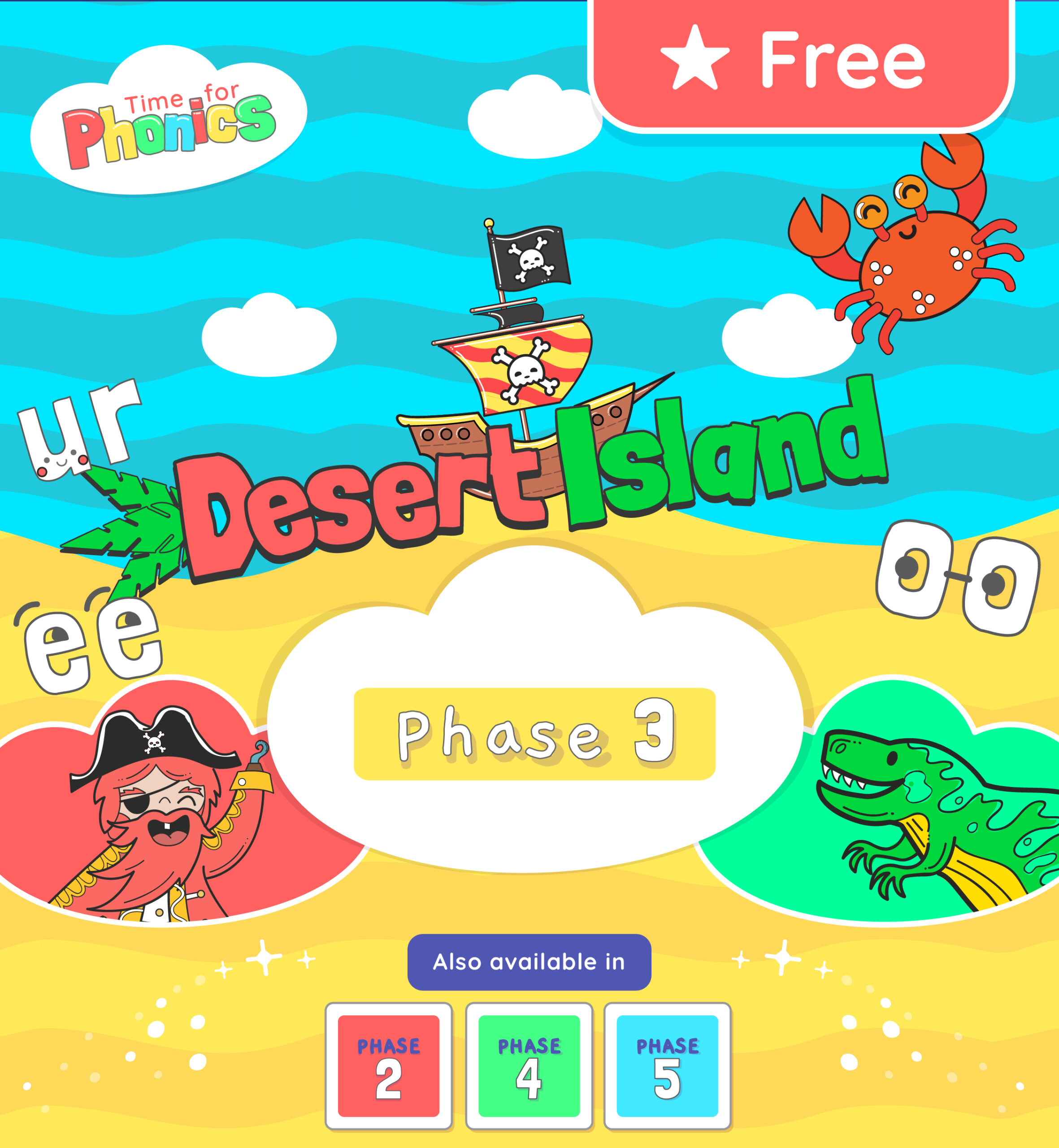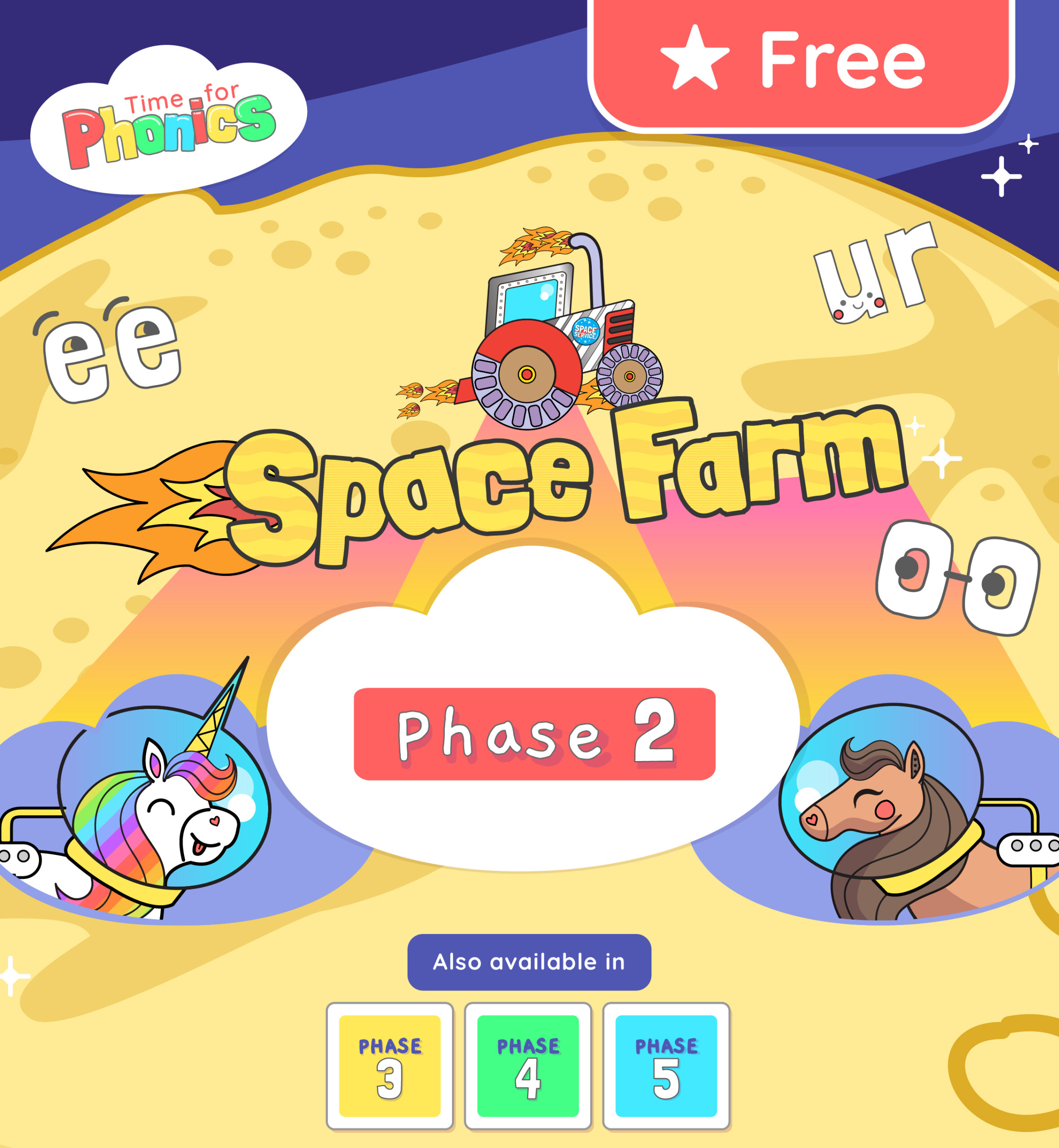Phase One
Letters and Sounds aligned phase 1 planning and resources, designed to help you save time and teach phonics like a specialist with our engaging, child-centred and play-based approach to learning.
Phase 1 is the first stage of phonics, and lays the foundation for future phonics learning. The primary focus is on developing speaking and listening skills to enable children to become ready for developing oral blending and segmenting skills.
Phase 1 is split into 7 aspects, though there is considerable overlap between these aspects. In this programme, aspects are introduced and practised in a carefully planned, non-linear manner so children are continually reintroduced to all the essential skills that make up the foundation of phonics learning.
Our phase 1 programme is perfect for key group teaching or an impromptu session when you have a spare 10 minutes before lunch. Packed full of fun songs, games and stories to fully engage young learners, our phase 1 plans and resources are the essential tool for nurseries and pre-schools. Underpins any phonics programme, but designed to be used as a precursor to our phase 2 phonics planning.
The easy-to-read plans require minimal resources, if any at all, and can easily be used by every staff member.
Each week of our phase 1 phonics scheme comprises of 2 adult-led activities, lesson presentations, an enhanced provision activity and additional activities to be carried out throughout the rest of the week. We know from feedback that in nursery, some children do not attend every single day, and so there is the option of introducing the same learning in a different way with the lesson presentations. This will prevent the children that DO come every day from having exactly the same input twice, whilst ensuring there is equity for all children regardless of how many days they attend.
There are 25 weeks in total for phase 1, plus a phase 1 continuation guide to be used as long as is required.
Save hours of preparation time and get simple, fresh, tried and tested ideas that we know children love.
Weeks
25 weeks
Sounds
Aspect 1, Aspect 2, Aspect 3, Aspect 4, Aspect 5, Aspect 7

For full access to our phonics programme, games and resources
What is learnt in phase 1 phonics?
- Aspect 1: General sound discrimination – environmental sounds - Children will learn to tune into different sounds in the environment.
- Aspect 2: General sound discrimination – instrumental sounds - Children will learn to use and create musical instruments to practise and promote the skills involved in speaking and listening.
- Aspect 3: General sound discrimination – body percussion - Children will develop awareness of sounds and rhythms.
- Aspect 4: Rhythm and rhyme- Children will experience and develop an awareness of rhythm and rhyme in speech, stories and music.
- Aspect 5: Alliteration- Children will develop a basic understanding of alliteration.
- Aspect 6: Voice sounds - Children will learn to tell the difference between vocal sounds.
- Aspect 7: Oral blending and segmenting - Children will begin to develop an understanding of oral blending and segmenting in words. They will hear and practise blending and segmenting.

What's included?
Time for Phonics provides teachers with a specialist created Letters and Sounds phonics scheme for phase 1, including:
- In-built teacher CPD videos (with our schools membership only).
- Daily and weekly phonics planning, following the Letters and Sounds sequence of teaching.
- Accompanying low-prep phase 1 phonics resources.
- Phase 1 sound effects, games, songs and activities within each lesson.
- Lesson presentations.
Suitable for both phonics and non-specialists, with fresh ideas and inspiration,
Time for Phonics is a synthetic systematic phonics scheme for everyone!
In this first week of Phase 1, children will learn about Aspect 1: Environmental sounds. They will learn about sounds all around them, and practise listening to, and making, animal sounds.
Allow: 1:30 - 2:30 Hours
Sounds: Aspect 1
In this second week of Phase 1, children will continue learning about Aspect 1: Environmental Sounds and will learn to listen to and discriminate between indoor and outdoor sounds.
Allow: 1:30 - 2:30 Hours
Sounds: Aspect 1
In this third week of Phase 1, children will learn about Aspect 2: instrumental sounds and Aspect 4: rhythm and rhyme. Children will experience and develop an awareness of rhythm and rhyme in speech, stories and music. Children will learn “The Grand Old Duke of York” and will have a go at making their own instruments.
Allow: 1:30 - 2:30 Hours
Sounds: Aspect 2, Aspect 4
In this fourth week of Phase 1, children will learn about Aspect 1 – environmental sounds, and Aspect 3: body percussion – Children will learn the song “Old Macdonald” and will experiment with making different sounds with their bodies.
Allow: 1:30 - 2:30 Hours
Sounds: Aspect 1, Aspect 3
In this fifth week of Phase 1, children will learn about Aspect 2: instrumental sounds, and Aspect 3: body percussion. Children will take part in a mini orchestra, play a game of ‘pass the body sounds’ and complete a fine motor skills activity.
Allow: 1:30 - 2:30 Hours
Sounds: Aspect 2, Aspect 3
In week 6, children will make some DIY shakers to take part in a mini-band performance. They will also practise mark making in the sand using our pre-writing shape cards.
Allow: 1:30 - 2:30 Hours
Sounds: Aspect 2
Children will take part in body sound chanting, using parts of their bodies to create a chant. They will also sing and learn the song ‘Shake Your Sillies Out’, replacing the word shake with different action words. During enhanced provision, they will focus on fine motor skills, using hole punches to make different patterns.
Allow: 1:30 - 2:30 Hours
Sounds: Aspect 3
Children will play a game of Rhythm Beats, copying the rhythm set by an adult. They will also play a game of Loud and Quiet, playing an instrument at varying sound levels. During enhanced provision, they will use items like pom poms to paint and mark make.
Allow: 1:30 - 2:30 Hours
Sounds: Aspect 2, Aspect 4
Children will play a game of Name Syllables, clapping out the number of syllables in each other’s names. They will also play a game of Follow the Leader, coping and repeating clapping sounds. During enhanced provision, they will focus on fine motor skills, manipulating different materials.
Allow: 1:30 - 2:30 Hours
Sounds: Aspect 3, Aspect 4, Aspect 5
Children will listen to a rhyming story, and start to recognise the different rhyming words. They will also play a game of Pass the Instrument Sounds. For enhanced provision, they will take part in a rhyming role-play activity.
Allow: 1:30 - 2:30 Hours
Sounds: Aspect 2, Aspect 4
Phase 1

For full access to our phonics programme, games and resources
